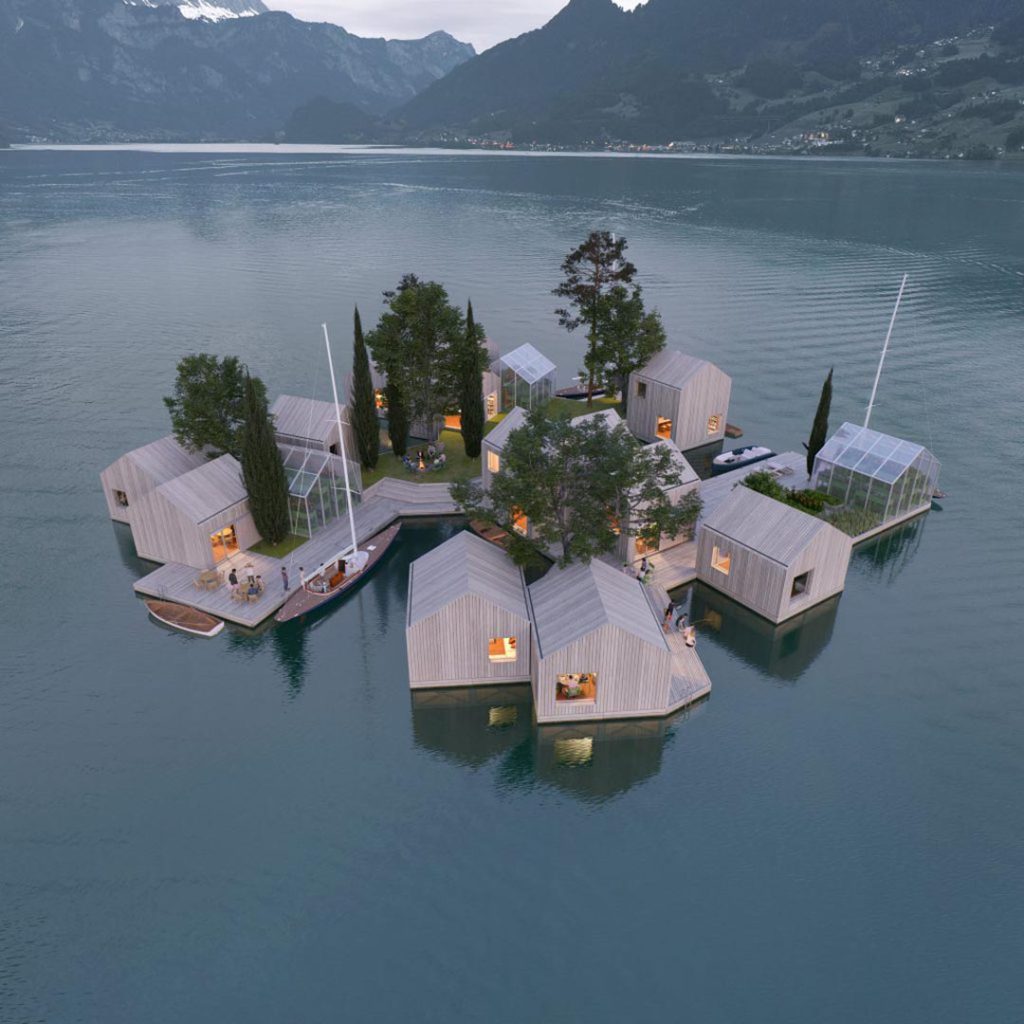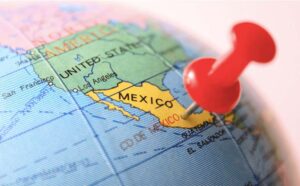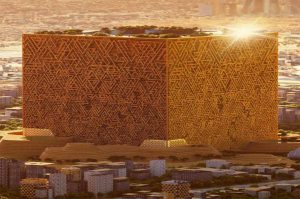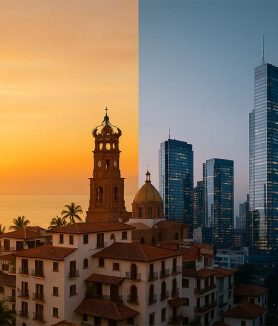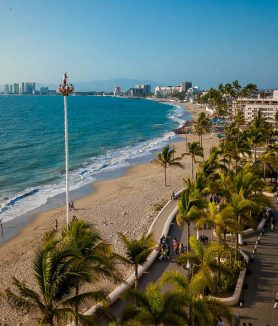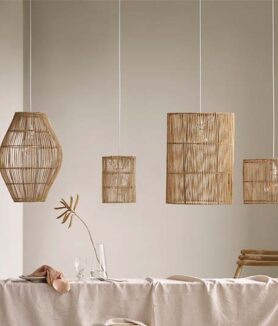Floodproof floating cities will become an increasingly viable solution to cope with the increasingly adverse conditions of climate change. These sustainable cities will be designed to be economically viable while minimizing environmental impact. This implies a radical restructuring of the architecture and materials currently used in construction.
A gradual rise in sea level and an increased risk of urban flooding have contributed to a sharp increase in interest in building on water. But current solutions, including Styrofoam-filled concrete foundations and plastic pontoons, are inflexible, difficult to transport and highly unsustainable.
Land on Water

For now, Danish company MAST, founded in 2021 by Australian architect Marshall Blecher and Danish maritime designer and architect Magnus Maarbjerg, has envisioned a new system of simple flat-pack modules made from recycled reinforced plastic. These can be easily transported around the world and assembled in countless configurations, providing a secure floating base.
The system called Land on Water offers a sustainable and highly flexible solution to build almost anything on water; from houseboats in Seattle to floating campsites on the Oslo Fjord and saunas on Hobart’s riverfront.
MAST is currently developing a floating pavilion prototype using the ‘Land on Water’ system and is looking for like-minded partners interested in developing innovative and sustainable floating projects.
How do floating cities work?
The system was inspired by gabion construction, an ancient technology that uses debris-filled mesh cages to create extremely strong and low-cost foundations. In this case the concept is reversed and the modular ‘cages’ are filled with locally sourced recycled flotation that supports the weight of any structure built on top. They are also much more adaptable than existing solutions, as flotation can be added or adjusted at any time if weight is added or drifted overhead.
 Land on water promises a much better underwater environment than existing solutions. While steel and concrete foundations are often treated with toxic antifouling paints, Land on water provides an ideal habitat for marine life and an anchorage point for shellfish and algae.
Land on water promises a much better underwater environment than existing solutions. While steel and concrete foundations are often treated with toxic antifouling paints, Land on water provides an ideal habitat for marine life and an anchorage point for shellfish and algae.
Land on Water will provide a climate-resilient and adaptable solution for the construction of new floating buildings around the world, but it could also lead to a whole new type of off-grid dynamic and organic floating community and an alternative to large floating cities. currently planned.
If you want to read more about art and architecture visit: http://propertyjournal.com.mx/art-architecture/

